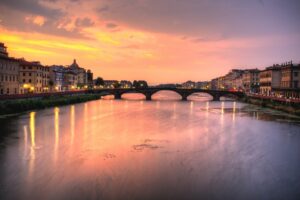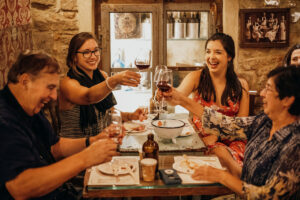Last Updated on November 22, 2025 by Emma Fajcz | Published: January 3, 2023
Most travelers, regardless of economic status or travel style, love finding a good deal. Given Italy’s popularity as a tourist destination, however, it can be a little more challenging to travel on a limited budget. Challenging—but by no means impossible. Visiting Florence on a budget may mean planning a trip for a different time of year than you originally wanted, taking a little bit longer to get from one attraction to another, or putting up with bigger crowds. Here are a few ways you can stretch your travel budget a little further on your next trip to the Tuscan capital.

Timing Your Visit
Timing, as the old saying goes, is everything. Usually, budget-conscious travelers need only determine what a destination’s “low season” is and plan a trip then. But when a place is relatively popular year-round, as Florence is, finding a “low season” is trickier.
The low season in much of Italy is the winter, with the exception of the busy Christmas and New Year’s holidays, since the weather is colder and rainier. In Florence, the usual winter off-season isn’t as quiet as it is in less-popular cities—not only do tourists visit all year long, but you may also run into groups of Italian kids on field trips to the city during the school year.
This means that, while prices on hotel rooms and museum admission will usually be lower in winter than they are in summer, the price difference won’t be as dramatic as it can be elsewhere in the country.
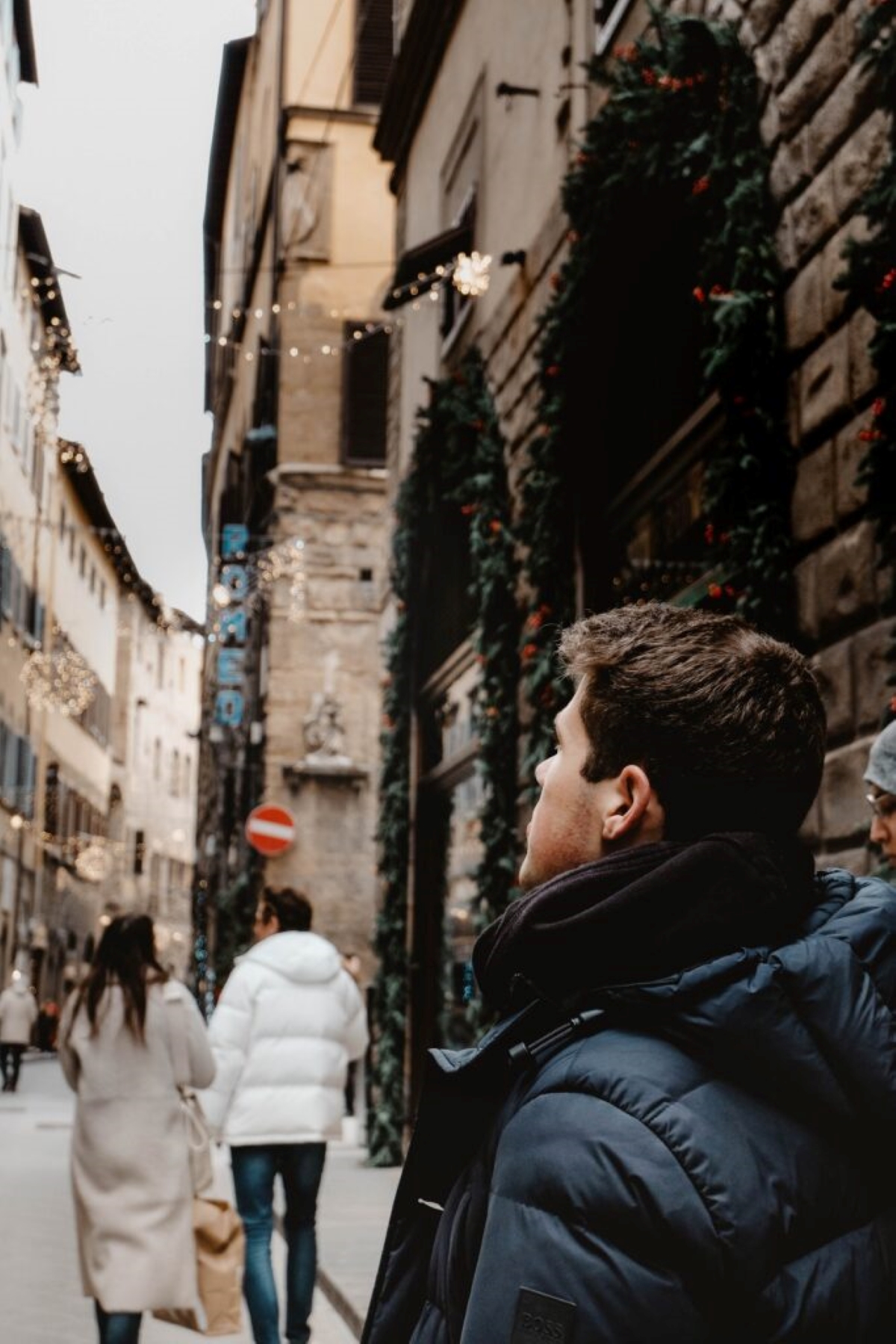
August, despite being the peak of summer weather-wise, is also considered something of a “low season” in much of Italy because it’s when Italians take their holidays. So, you may also want to check prices on an August Florence trip, keeping in mind that some shops and restaurants will be closed because the proprietors are at the beach.
Sightseeing in Florence on a Budget
Florence has no shortage of attractions, especially if you’re in the mood for world-famous art collections or ornately-decorated churches. While ticket prices for some of the must-see sights are non-negotiable, some of the city’s top sights are completely free to visit—including the Duomo, Ponte Vecchio, San Miniato al Monte, and Piazzale Michelangelo, as well as the Piazza della Signoria, with its small sculpture gallery in the Loggia dei Lanzi.
In addition to the places that never charge an admission fee, all state museums must offer a certain number of free days every year and many city museums do the same. The Uffizi, Accademia, Bargello, Medici Chapels, Palazzo Vecchio, Santa Maria Novella, Brancacci Chapel, Pitti Palace, and Boboli Gardens are all free on the first Sunday of every month. Keep in mind that the trade-off for a free ticket is that lines can be long and crowds huge, so plan accordingly.
Certain age groups can take advantage of discounted or free tickets for many sights, too, so this is when student ID cards come in handy. There are also discount cards you can purchase that grant cardholders free or steeply discounted access to multiple attractions in a city. In Florence, the €85 Firenzecard gives you free entry to every museum on this list for 72 hours after you activate the card.
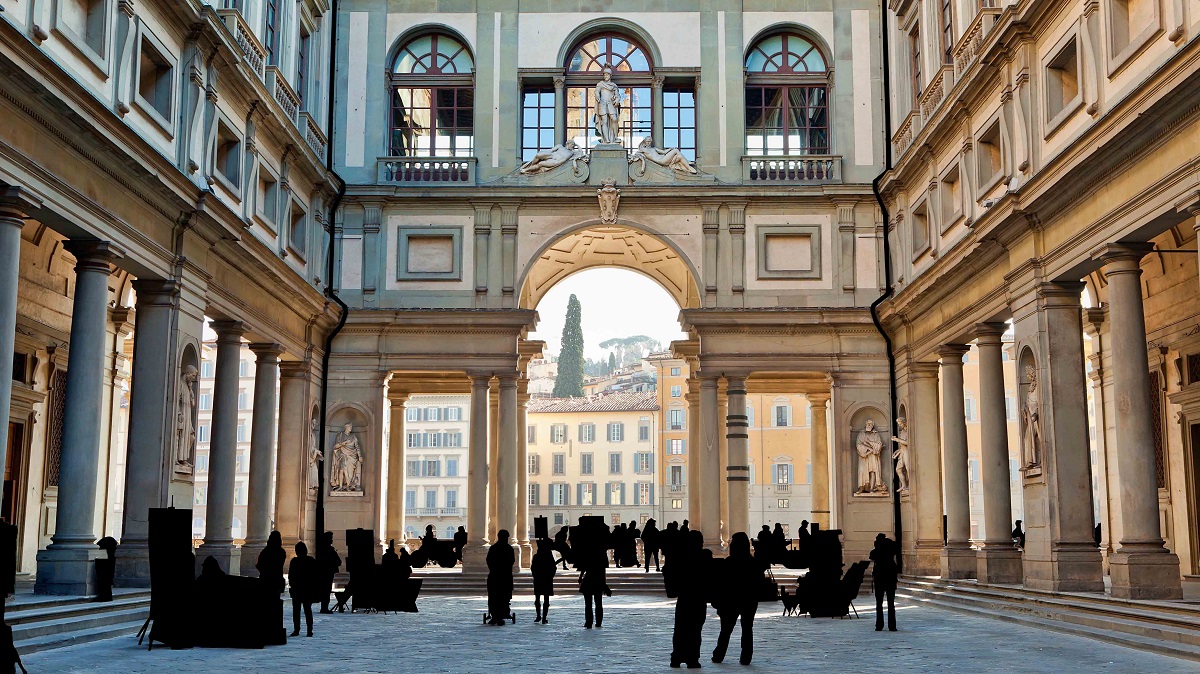
Eating in Florence on a Budget
Fortunately, food is such an important part of Italian life that eating well in Florence is possible at absolutely every budget level including some delicious cheap eats.
Starting your day with a cappuccino e cornetto at a local bar? Stay on your feet. You’ll pay more for the exact same order if you take it to a table, so stay at the bar with the rest of the regulars. Another money-saving beverage tip is that, unless you’re a serious oenophile, you probably don’t need to inspect the wine list: the house wine is always cheaper and almost always excellent.
While the drinks available during aperitivo may not be cheap, they often include access to a large buffet selection of small-plate snacks. For Italians, aperitivo is not a complete meal—but if you’ve got a smaller appetite or you had a big lunch, it can easily serve as a light dinner.
If you’ve got a fancy restaurant or two on your wish list, you can save elsewhere in your food budget by building your own picnic for some other meals. The ground floor of the Mercato Centrale is something of a tourist attraction, and it’s also the perfect place to pick up fresh and local provisions for a gourmet DIY meal. Head upstairs to explore the market’s food court for ready-made food, where you can even find fresh pasta dishes made with Tuscan truffles for far less than what you’d pay at a sit-down restaurant in the city.
And, if you’re an adventurous eater, take advantage of local and inexpensive street food specialties like lampredotto.

Staying in Florence on a Budget
While staying in the city center makes getting from one attraction to another faster, that’s also where you’ll pay more for a hotel room. Assuming you have more time than money at your disposal, choosing a hotel outside the historic center can mean quite a bit of saving.
It may also be worthwhile to look at Florence’s hostels—they’re no longer solely for college-aged backpackers, and most have a few lovely private rooms (some with en suite bathrooms) available.
Renting an apartment can be a budget-friendly option, too, especially for a group of travelers (splitting the cost of an apartment is usually cheaper than several hotel rooms). This way, you also have use of a kitchen, which also means meals can be really inexpensive.
There are plenty of sites you’ve probably heard of that have vacation rentals in Florence, but a lesser-known one you shouldn’t miss is Cross-Pollinate—there are apartments, B&Bs, and guesthouses on the site, each of which is personally checked out by someone on the Cross-Pollinate staff.
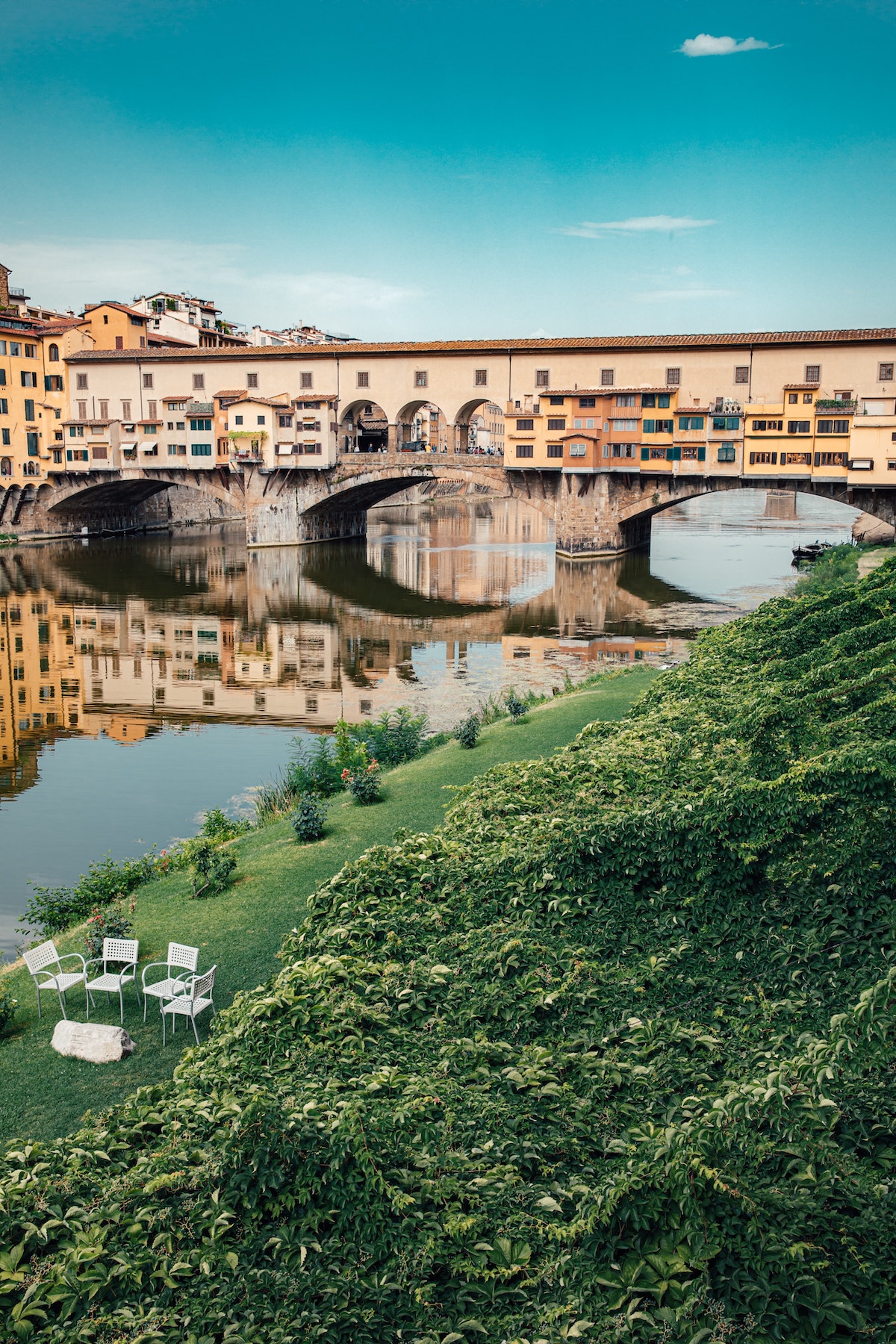
Getting Around Florence on a Budget
Fortunately for people who love to explore on foot, Florence is an incredibly walkable city—most people won’t need to figure out a bus map or even notice the lack of a subway system. (If you’re traveling light, the city center is even walkable from the main train station.) But if you’re staying a bit further out and want to skip some of that walking Florence’s public transport is super convenient and affordable. There are bike rentals too, to help you get a little further under your own power.
If, however, you want to venture into the hills of the Oltrarno and don’t relish the idea of a long trek uphill, bus number 23 will get you to the Piazzale Michelangelo to take in the postcard views over Florence. Note that bus tickets frequently cost less if you get them in advance at a tobaccaio (basically a tobacco shop, but with much of what you’d find in a corner drugstore in the United States as well) than if you buy them on the actual buses.
Generally speaking, having a car in Florence is not only unnecessary, it can be expensive and problematic. Parking zones may be clearly identified to locals, but you run the risk of parking where you aren’t supposed to if you don’t know the code really well—and that’s a costly ticket. If you want to spend a day driving around Tuscany’s idyllic hills, rent a car for just that day. And, to avoid driving through the impossibly narrow lanes of the historic center, find a rental office that you can reach by bus or taxi that’s located just outside the center.



